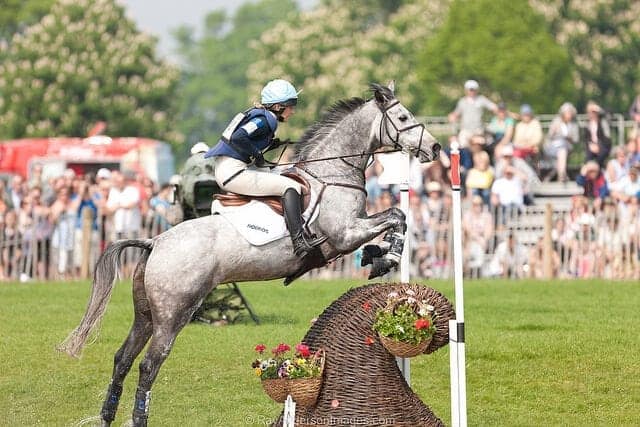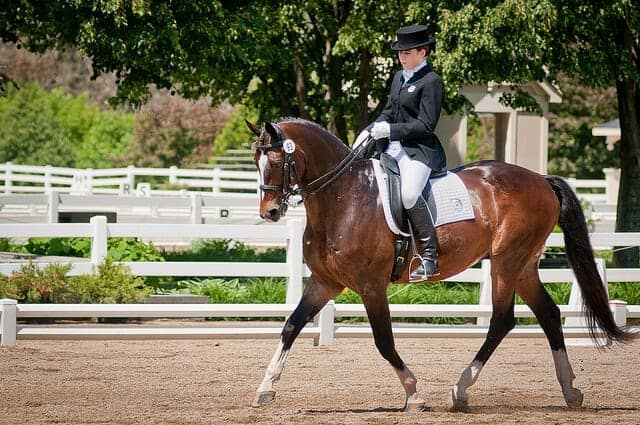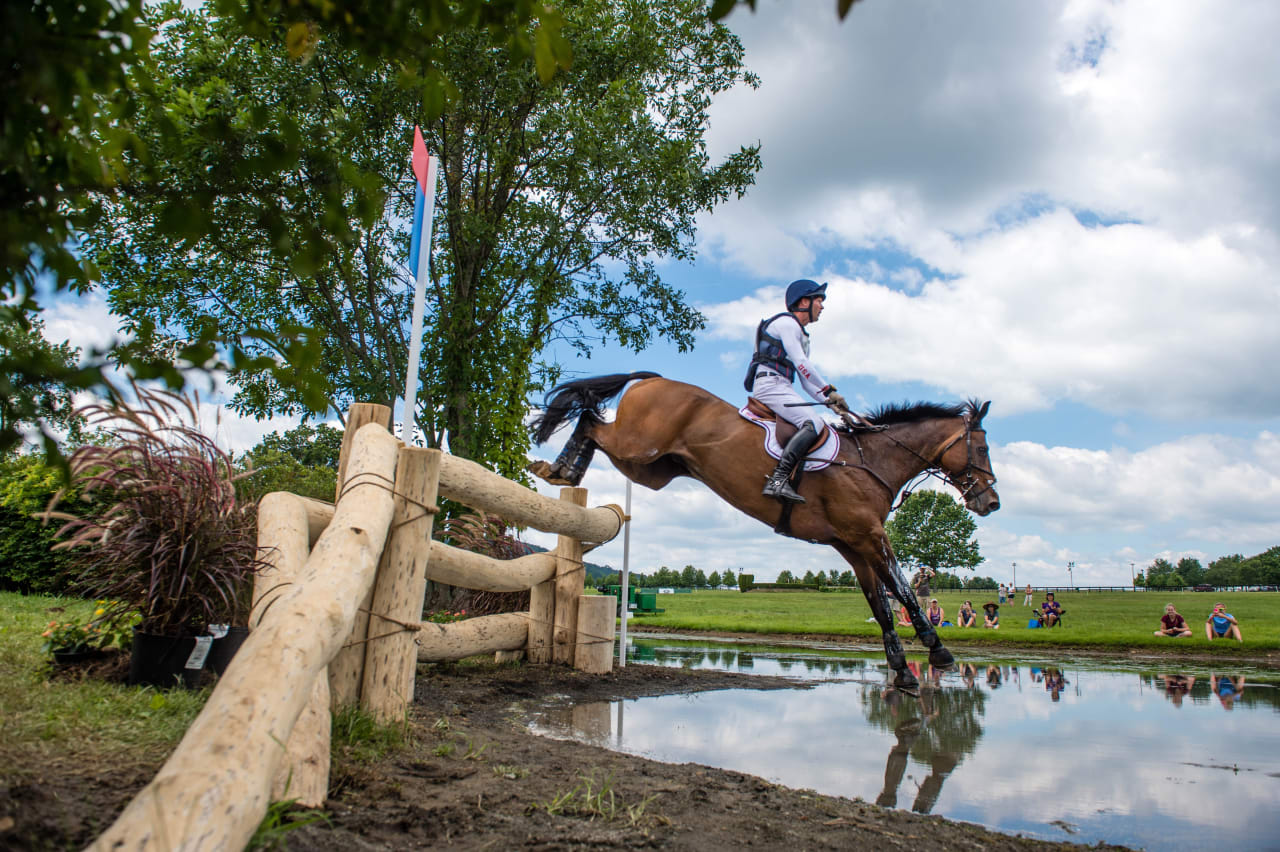There are several types of riding styles, but Western and English are the most popular and preferred. If you’re just learning to ride you may be interested in the differences between these two riding styles. The basics of each are very similar, with the saddle itself being the most significant difference between the two. And one is not more challenging to learn than the other, because becoming very skillful in either takes time, commitment and preparation. Your age doesn’t matter and it is not required to have any earlier experience; anyone and everyone can appreciate taking a ride on a horse. Not only is horse riding great pleasure, but it is also considered therapeutic as well as a healthy practice of exercise. But do you know how many other riding styles are there? Below we have listed some of the many riding styles practiced nowadays.


Dressage
The goal of dressage is to promote a horse’s natural athletic capacity and eagerness to work, which is deemed to make them confident, flexible, and courteous to the rider. An advanced practice of dressage is the famous Lippizaner stallions from Vienna, Austria. In contemporary dressage competition, successful training at the different levels is expressed through the act of “tests”, guided set of moves ridden within a standard arena. Judges appraise each movement based on an impersonal standard relevant to the level of the test and charge each move a score from zero to ten – zero being “not well performed” and 10 being “the best”. A score of 9 is considered very good and is a great mark, while a competitor gaining all 6s (or 60% ) should be contemplating moving on to the next level.


Eventing
Eventing is a race that combines dressage, cross-country riding, and stadium jumping, normally over the course of 3 days. Eventing is properly defined as an equestrian triathlon. The sport began as a cavalry test and is comprised of three stages: dressage, cross-country and show jumping. Eventing tests horse and rider combos more perfectly than any other. The first phase – dressage – shows the beautiful partnership of horse and rider through a flow of moves on the flat. The next phase – cross-country – stimulates the pair’s courage, fitness and confidence as combinations operate a series of dense barriers and different terrain. In the final phase – showjumping – partners must again demonstrate their correctness as they clear a path of fragile barriers.


Showjumping
Showjumping is split into 3 different categories: hunter, jumper, and hunt seat equitation. Hunters are assessed by how strictly they meet an excellent standard of manners and behavior. Jumpers are scored impartially in a measured trial with responsibilities for missing an obstacle. Hunt seat jumping evaluates the rider’s capacity on the low ground as well as over fences.


Western pleasure
In Western Pleasure competition, horses are judged on the nature of their moves while moving the perimeter of the arena with other competitors. They obey the judge’s commands to walk, trot, lope and change directions.


Reining
Usually defined as the Western version of dressage, in reining competition riders lead horses into a well-defined model of loops, turns, and stops. All work is accomplished at a lope (a further carefree version of a canter) or a gallop (the quickest horse gait). The horse should be managed with little or no visible opposition.


Cutting
Cutting is a rodeo-style competition in which horse and rider work together to display the horse’s capacity to herd and single out cattle. This was a requirement on ranches to single out cattle for branding or other veterinary interruptions.


Barrel racing
In barrel racing, a horse and rider try to develop a pattern throughout barrels placed in a triangle in the center of a stage in the quickest time.


Endurance
Endurance rides emphasized the overall health of a horse with a ride that is among 25 and 500 miles. There are health tests every 25 miles or so to guarantee the health of both the horse and the rider.


Gymkhana
Gymkhana is a timed obstacle riding on horseback with a variation of several people and team events which demonstrate the velocity, quickness, power, and responsiveness of the horse.


Saddleseat
Saddleseat competition was created to show off the high trotting trends of breeds such as the American Saddlebred, Morgan, and Arabian. The horse is assessed on its fine movement at a step, trot, and canter.


Racing
Racing is one of the most entertaining sports in the world and is usually attributed to as “the sport of kings.” Jockeys have to be very athletic both physically and psychologically to stay on top of an animal moving super-fast.


